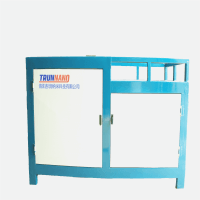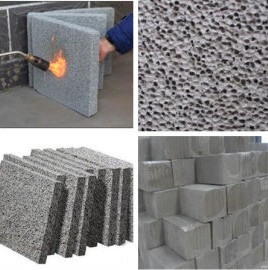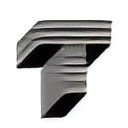Professional solutions on concrete addtives, Concrete Foaming Agent, Superplasticizer, CLC Blocks Additives, and foaming machine
(When Should I Use High Early Strength Cement?)
When should I use high early strength cement?
Sakrete high early strength concrete mixes are ideal for projects that require concrete with a high initial strength. This could be due to the fact that you need to open up a road or structure quickly, or you want to reduce your overall construction schedule. Because high early strength concrete reaches its desired strength much quicker than regular concrete, it helps you meet your deadlines.
This type of concrete can also save you time by reducing the amount of rebar you need to use. This is because the concrete reaches its desired strength earlier, so you can place and remove the steel much faster.
There are a number of ways to achieve high early strength, including the use of accelerating admixtures. These admixtures increase the rate of hydration of cement, which leads to faster strength development in concrete. Examples include calcium chloride (which is standardized by ASTM D 98) and ground granulated blast furnace slag.
Steam curing has also been shown to accelerate the development of strength in concrete. However, this can be costly and is not regarded as environmentally friendly as it consumes fuel and emits carbon dioxide.
In a recent experiment, the effect of different heat curing duration on the hydration of cement paste with and without the addition of an early strength accelerator was investigated using setting times, compressive strengths, exothermic curves, X-ray diffraction (XRD) and Fe-SEM. The results showed that heat curing increased the acceleration of cement hydration, but this increase decreased with increasing the length of the heat curing time. The highest compressive strength was achieved with a combination of accelerators at 4 h of 50 degC curing.
(When Should I Use High Early Strength Cement?)







